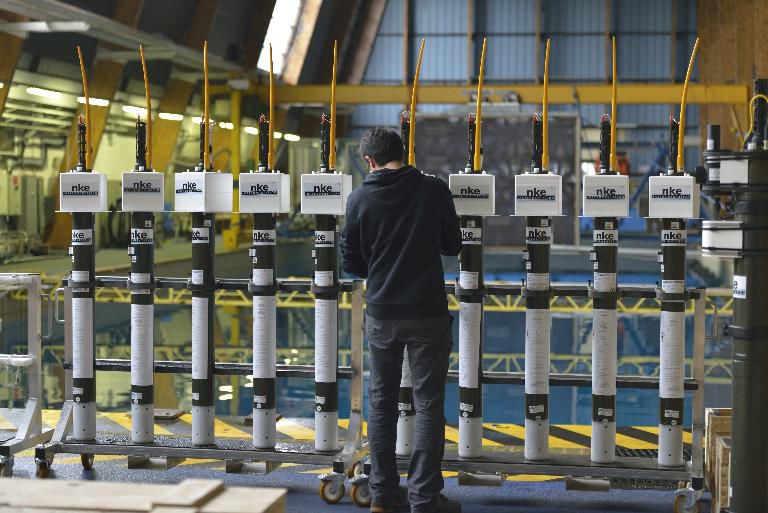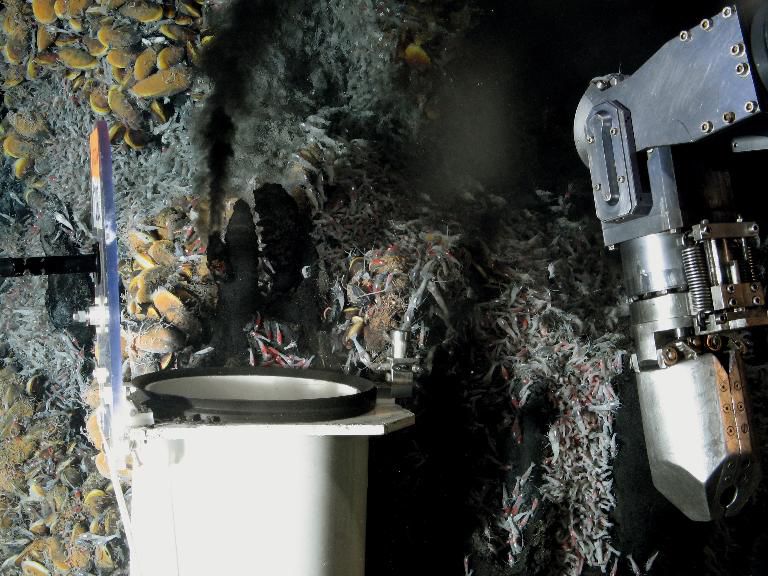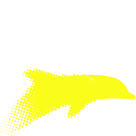Data transmission times
Oceanographic data can be recorded continuously ("in real time") to characterise the most evolving phenomena, at less frequent intervals for slowly evolving phenomena, or intermittently for discovery or initial exploration.
"Real-time" observations are made using automated measuring facilities (satellites, buoys and floats, coastal observatories, certain equipment onboard research or professional vessels) and are transmitted by telecommunications networks (mobile internet in coastal areas, satellite in offshore areas, for instance Argos buoys (CLS)). These observations are generally made available within 24 hours. The parameters concerned are mainly physical parameters (temperature, salinity, wind, waves and swell, current, depth) and a few chemical or biochemical parameters (nutrient salts, dissolved gases, fluorescence (chlorophyl)). However, the integration of new compact sensors in these automated facilities is currently in progress and should help to rapidly boost the range of parameters measured (e.g. planktonic cell count).

©Ifremer
Environmental monitoring is conducted through periodically measurements, ranging from a few days to a few years, by scientific teams either on the shoreline or onboard research vessels conducting series of repeated cruises with an identical protocol. It aims to characterise slower changes (from a season to a few decades): shoreline environment, fisheries and fish stocks, climate change, ecosystem variability.
Periodic observation cruises are conducted by research vessels in order to obtain an initial view of a phenomenon, a region, etc. that is as yet little known or unknown, in particular for the deep ocean. In this case, measurements can be very varied and can be extended in the laboratory for several months after the cruise during the analysis of the samples collected. The data are therefore not available until after this period (2 years, possibly extended if necessary).

©Ifremer
